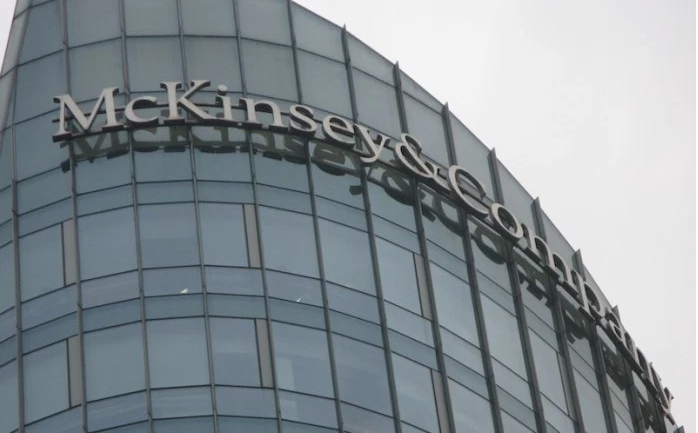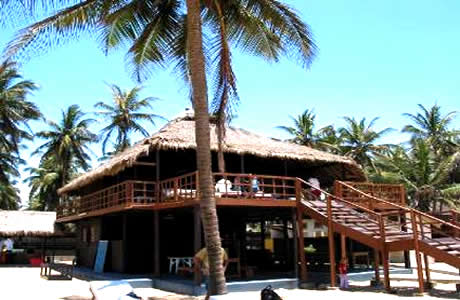Nigeria will be Largest Consumer Market by 2025: McKinsey

The McKinsey report clarified that, in Nigeria, “new spending will be moderately equally split among wealthy family units, which are relied upon to spend an extra $30 billion a year by 2025; worldwide customers, anticipated to burn through $44 billion; and rising purchasers, with $28 billion of spending.” The greatest spending classifications, as indicated by the report, will be sustenance and drinks, lodging, consumer merchandise, instruction, and transportation administrations.
McKinsey noticed that “Africa’s family unit utilization has kept on developing at a vigorous pace.” The resources amply rise to spend fuel on optional products and also essential necessities – all controlled by fast urbanization.”
MGI said there were as of now $4 trillion business open doors in Africa, anticipated that the open doors would increment to $5.6 trillion by 2025.
As per the McKinsey report, “Spending by shoppers and organizations today adds up to $4 trillion. Family unit utilization is relied upon to develop at 3.8 for every penny a year to 2025 to reach $2.1 trillion. Business spending is relied upon to develop from $2.6 trillion in 2015 to $3.5 trillion by 2025.” The report assessed that “half of this extra development will originate from East Africa, Egypt, and Nigeria.”
McKinsey prompted that, “Tapping consumer markets will oblige organizations to have a nutty gritty comprehension of wage, geographic, and class patterns. Flourishing will impel them to offer items and create deals powers ready to focus on the moderately divided private segment.”
It included that the geographic spread of utilization is evolving. South Africa’s offer of utilization is set to decay from 15 for every penny in 2005 to 12 for every penny in 2025. Nigeria’s offer will decay from 26 for each penny to 22 for every penny over the same time frame. The offer of provincial utilization is assumed to increment in East Africa from 12 for every penny in 2005 to 15 for every penny in 2025. In Francophone, it will decay from 9 to 11 for each penny.
The McKinsey report noticed that the ample loyalty to rising per capita spending has suggestions for examples of utilization. Essential things, for example, nourishment and refreshments are required to represent the biggest offer of utilization development in the period to 2025. However, optional levels are expected to be the quickest developing: 5.4 for every penny on account of monetary administrations, 5.1 for each penny for entertainment related exercises, 4.4 for every penny for lodging, and 4.3 for each penny for social insurance.
It turns out to be much more necessary for consumer serving organizations to grasp where their clients are, the advancement of their earnings, and afterward to tailor items and administrations as needs are.
Generally, MGI reviewed: “Family utilization developed at a 3.9 for each penny compound yearly around 2010 and 2015 to reach $1.4 trillion in 2015. Africa’s utilization growth has been the second fastest of any area in the wake of developing Asia, whose utilization development was 7.8 for every penny.”
The McKinsey report additionally predicted that “Africa could almost two-fold it’s assembling yield from $500 billion today to $930 billion in 2025, if nations make the final move to make an enhanced situation for makers.”
It noticed that “75% of the potential could originate from Africa-based organizations taking care of residential demand. The 25% could originate from more fares. The awards of grown industrialization would incorporate a stage change in profitability and the making of six million to 14 million stable employments during the following decade.”
Exploring the development of African economies, MGI noticed that, “Africa’s genuine GDP developed at a normal of 3.3 for each penny a year around 2010 and 2015. It is extensively slower than the 5.4 for every penny from 2000 to 2010.”
Development hindered pointedly among oil exporters and North African nations influenced by the 2011 Arab Spring majority rules system developments. Whatever remains of Africa posted quickening development at a normal yearly rate of 4.4 for each penny in 2010 to 2015, 4.1 for each penny in 2000 to 2010. International Monetary Fund predicted Africa to be the world’s second-quickest developing economy by 2020.
The district has powerful long haul financial basics. Africa has the upside of youthful and developing masses and will soon have the speediest urbanization rate on the planet. By 2034, the district is required to have a bigger workforce than either China or India. In this way, work creation is outpacing development in the work power. Quickening innovative change is opening new open doors for customers and organizations, Africa still has bottomless assets.





